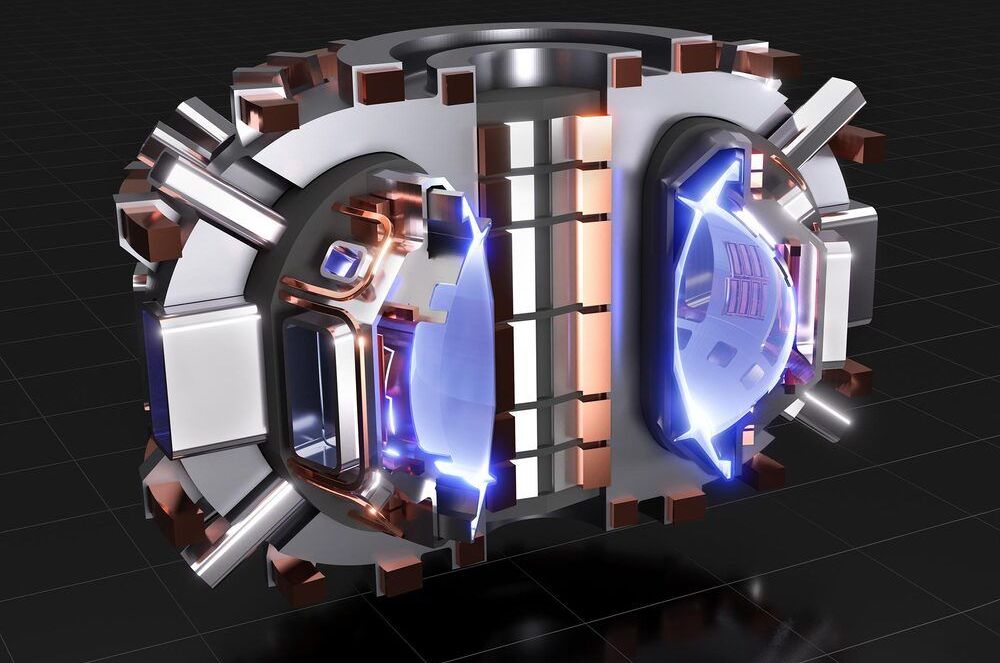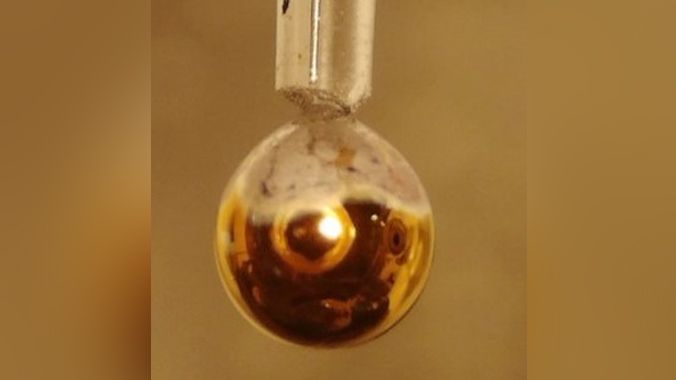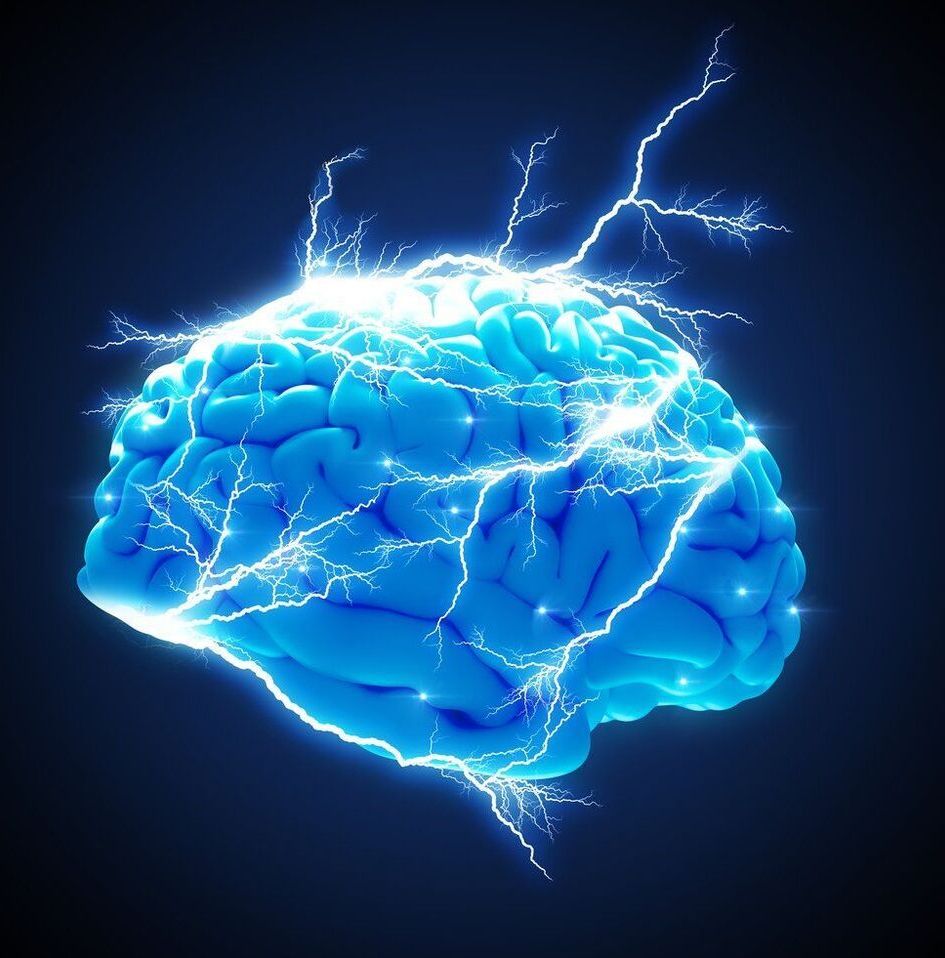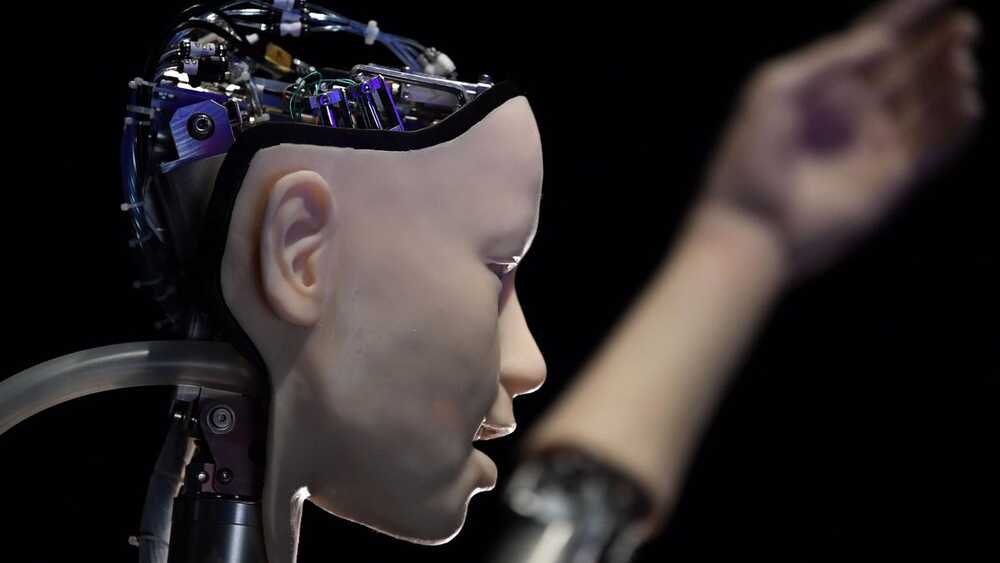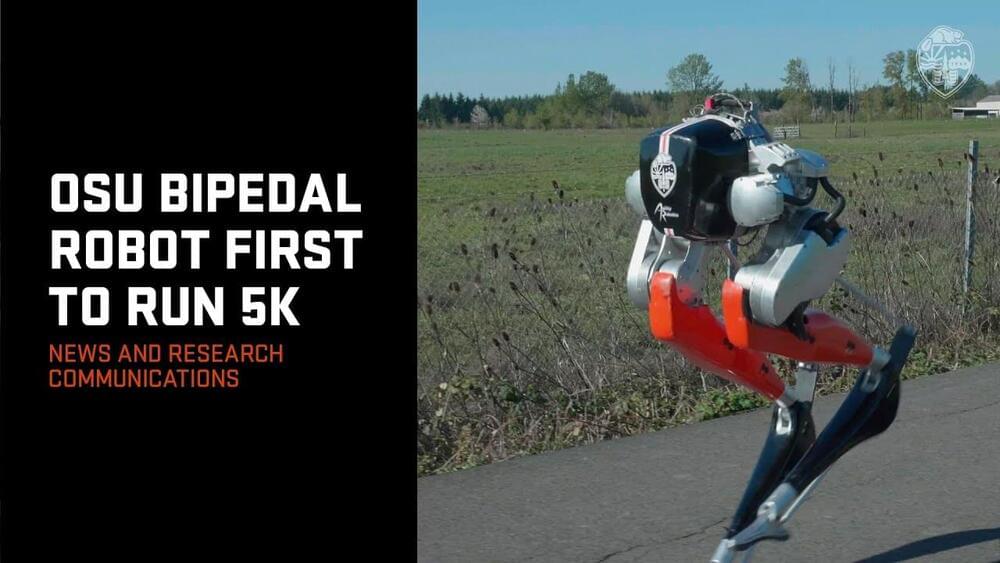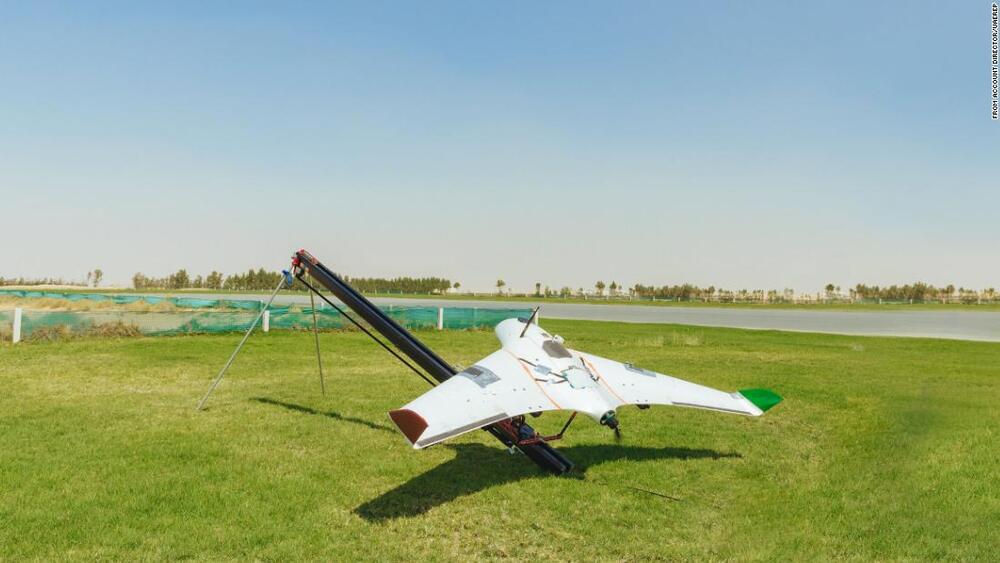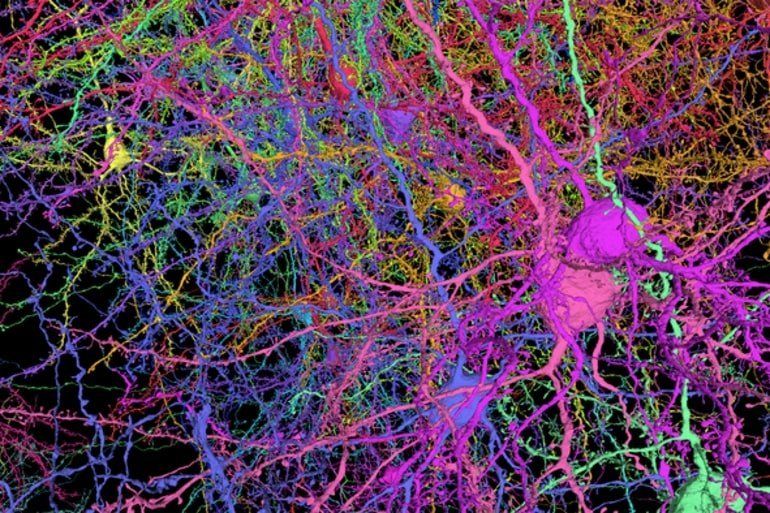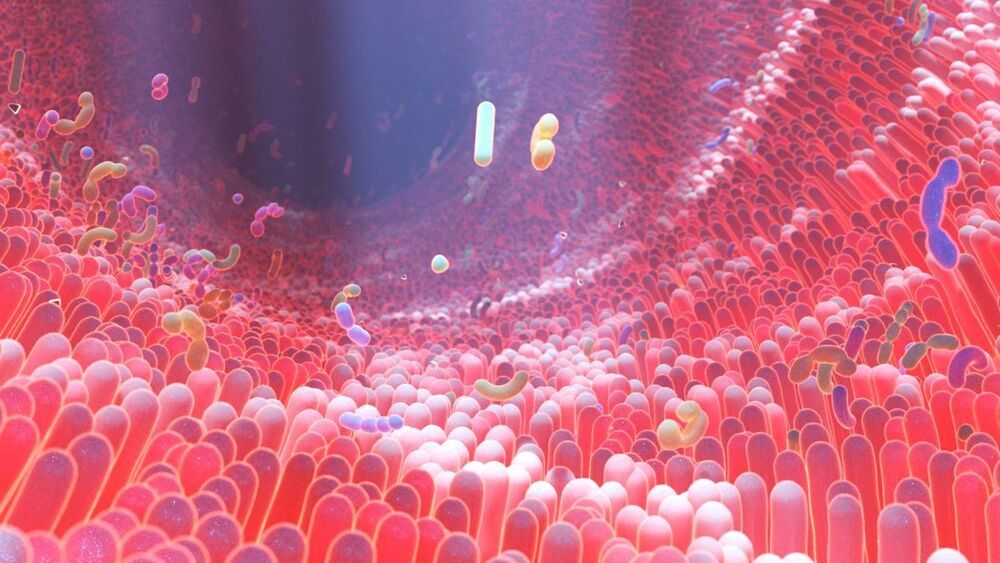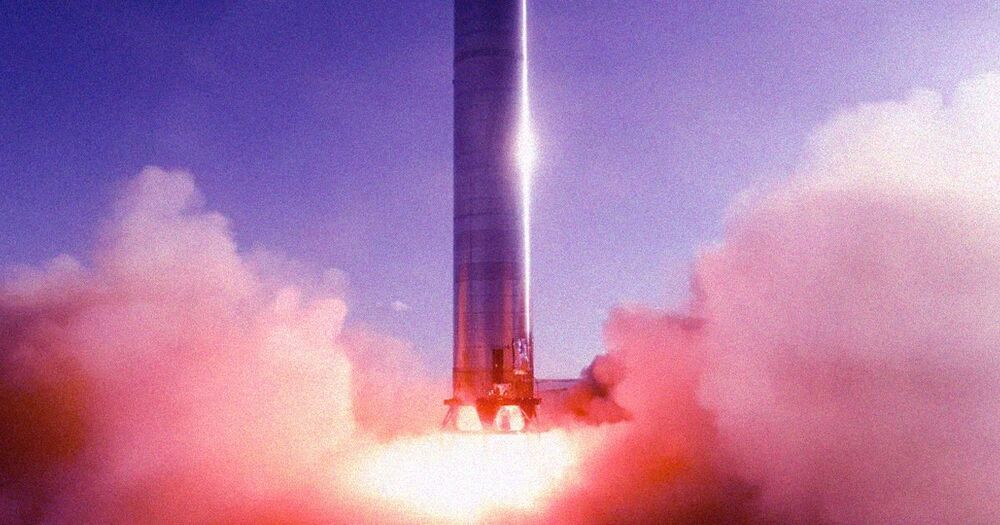Jul 30, 2021
Keeping an Eye on the Fusion Magnet Technology of the Future
Posted by Quinn Sena in categories: engineering, innovation
Daniel Korsun’s undergraduate career at MIT
MIT is an acronym for the Massachusetts Institute of Technology. It is a prestigious private research university in Cambridge, Massachusetts that was founded in 1861. It is organized into five Schools: architecture and planning; engineering; humanities, arts, and social sciences; management; and science. MIT’s impact includes many scientific breakthroughs and technological advances.
